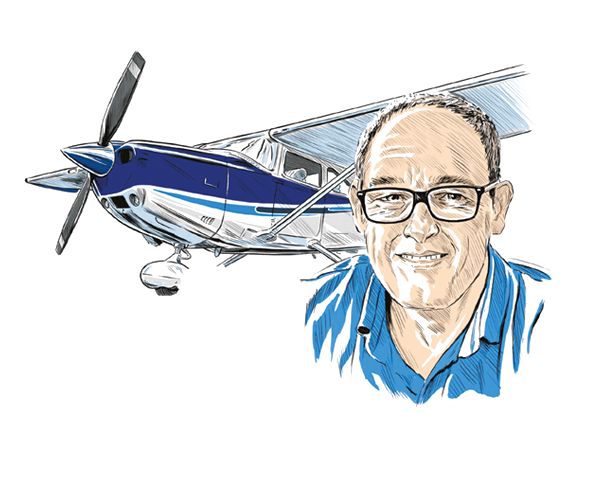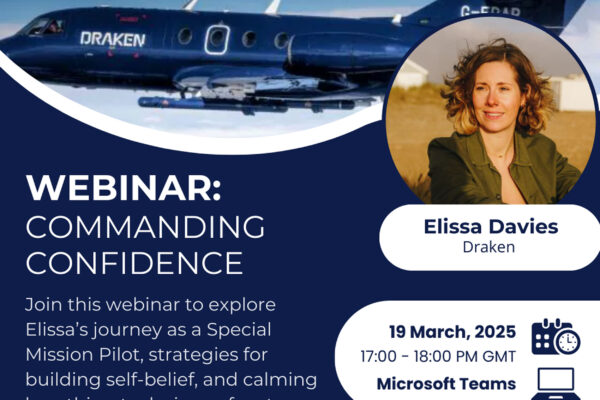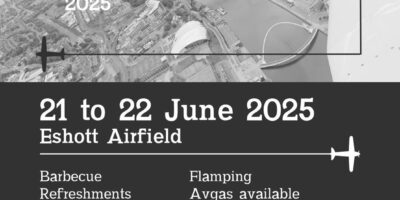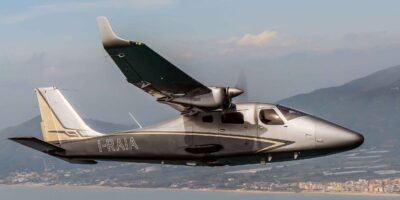Back in 2014 EASA changed the rules and made cost-sharing about as liberal as could be without it actually being commercial. Without quoting the actual legislation, it became possible to advertise a cost-share flight, and for the pilot to contribute an unequal sum, so as little as a penny if you like. The Golden Rule, apart from the one about not crashing, was that the pilot could not make a profit.
After many years of complaining about regulators trying to regulate General Aviation out of existence, many pilots shook their heads and decided that this was a charter for the inexperienced to fleece the ill-informed. Internet platforms facilitating the new world of cost sharing were launched, and something akin to Stockholm syndrome kicked in, causing large portions of the existing pilot population to become a darker shade of crimson as they collectively conjured up and predicted serial disasters.
Some schools have banned the use of their rental aircraft on cost-sharing flights organised through internet platforms, and a number of airfields have stopped them landing or departing from their facilities too. Through ignorance of the current regulations, many believe that illegal public transport flights are taking place when in fact they are legal cost-sharing flights.
However, the CAA believes that in some cases there’s collusion between pilot and passengers in order to pass off such illegal flights as legal cost-share arrangements, and argues that this particular corner of General Aviation is perhaps not as well understood as it could be.
A working group looking at illegal public transport spawned a sub-group that looked at cost-sharing, and the current consultation is the result. Unfortunately it doesn’t do a great job of defining the problem, does an even worse job of providing any data to illustrate the scale of the problem, and then goes on to suggest a number of solutions that would, as aviation regulation often does, penalise the law abiders while leaving the law breakers laughing on the sidelines.
“I feel (a bit) sorry for the CAA. The nut that is illegal charter is a hard one to crack”
It’s not all bad and I even feel (a bit) sorry for the CAA. The nut that is illegal charter is an impossible one to crack, and the screams of ‘something must be done’ are probably getting much louder in the wake of the Sala/Henderson saga.
So what does the CAA propose? First up is a suggestion that things are made clearer. Sounds fair enough, but frankly it’s something the CAA could have done at any time, although apart from the Skyway Code and the recent Safety Sense leaflets re-write – both of which are great – the CAA is incapable of making anything clearer.
The second thing suggested is a requirement for cost-share to involve something called ‘common purpose’. If I am going to be flying to Cranfield anyway, I can invite others to share in my misery while also sharing my costs. That might seem reasonable but people often fly without purpose. So if someone wants to visit Bolt Head on a fine day why not go there rather than burn aimless holes in the sky? The way I read the CAA’s suggestion, were I to drop off a friend at their maintenance base to pick up their aircraft after its annual, that would not be permitted without me having a need to go there anyway!
To be fair, the CAA explained to me that the purpose was absolutely not to stop that kind of flight with fellow pilots, friends or family, but poorly drafted regulations come with unintended consequences, and they are to be avoided. The CAA went on to explain that offering to transport anyone anywhere at any time, something it refers to as ‘Holding Out’, is something it feels shouldn’t be covered by cost-sharing rules. The problem is, holding out is a complex term that can cover a lot of situations, some of which most of us would consider absolutely fine, while others would be reaching for the keyboard to construct Facebook posts that suggest a raising of eyebrows.
There’s clearly a belief that paperwork is at least part of the answer to any question because the CAA is also proposing some additional forms. There’s a Passenger Declaration and Consent Form, which consists of some general information followed by lots of tick boxes and a signature from each passenger and then a Pilot in Command Declaration, with both bits of paperwork having to be kept by the pilot for six months (isn’t there a data protection thing there?).
There will always be people trying to make easy money. There will always be illegal charters. It seems to me that the best way to deal with that is intelligence-led inspections and investigations, perhaps with the help of the large amounts of data available to the CAA. The CAA did point out that this was a consultation and not a fait accompli, so jump online and have your say. I want to reduce or eliminate illegal charters as much as anyone else, but I definitely do not want to burden law abiding private pilots with all of this additional rubbish, while the real law breakers continue to make money flying unsuspecting passengers and those in the know who are too cheap to charter legally.
Publisher, pre C-19 often found flying something new and interesting
[email protected]







